LABOR HISTORY
Nixie Boran: nationalist, social revolutionary, miners’ leader, trade unionist
‘He stood strong’: How Nixie Boran revolutionized Castlecomer’s coal miners in 1930s
It is not often a man shakes up society so much that the powerful of the day combine to destroy him, his ideas and his followers. That happened with Nixie Boran. Born in 1904, he lived through intense turmoil in Irish history and labour relations. His actions sent a tremor through the political, religious and industrial powers of the day because he dared to set up a communist trade union in Catholic rural Ireland.
Each era presents its own challenges; Nixie’s was about the reality and nature of freedom; today this is being questioned anew as the failures of the main political custodians to deliver equality are exposed.
Nixie was born into a farming family on the Castlecomer estate of the Wandesfordes in north Co Kilkenny on the Leinster coalfield. Like other small farmers, the Borans depended on supplementary earnings from the coal mines, also owned by the Wandesfordes, but conditions and pay for the miners were bad.
By Nixie’s youth there were four pits with 500 miners and 300 carters, but they were all replaced by Deerpark pit, opened in 1928, which would continue until its closure in the late 1960s. The miners’ wages sustained the economy of the area, but they struggled to improve their pay and conditions despite some efforts by the Irish Transport and General Workers Union in 1918.
Nixie lost of his mother at the age of four. Aged 12, he joined the Brotherhood, which offered future prospects and a good education but he left after two years and went into the mines. By 1922, he had already experienced the dangers of mining, its mean wages and its legacy of early deaths due to poor safety conditions and lung disease. He had witnessed the failure of strike action to pressurise the mine owner. At the same time, he was a youth during the upheaval of the War of Independence. In June 1922, Nixie was forced by the turmoil and unemployment in the mines to join the new Provisional State army. It was just six days before the outbreak of the Civil War and he was posted to Tipperary.
In November 1922, he was with Free State forces in Clonmel fighting against men such as Dan Breen and Dinny Lacey. But the introduction of the Public Safety Act on September 17th, and the executions of Republicans that followed, were too much for Nixie. He deserted to the Republican side and spent the rest of the war fighting with Breen’s men. He was shot in an ambush and hospitalised in Limerick alongside three Free State soldiers. His cover was blown and he had to be rescued before going back to fight. Nixie was finally captured in the Glen of Aherlow on May 8th, 1923. He was condemned to death but made a daring escape on August 2nd from Emmet Barracks, Clonmel.
His time on the run exposed Nixie to ideological influences about the nature of freedom and control of state resources. He had already imbibed Connolly’s thinking and subsequent contacts with the left wing of the IRA inspired him towards a Workers’ Republic combining small farmers and labourers. The Russian Revolution provided an example of how a different, fairer system was attainable.
Nixie brought these ideas with him when he returned to Castlecomer. Nothing there had changed since independence, and he began mobilising. The miners collected money to send him to the Red International of Labour Unions conference in Moscow in August 1930. Refused a passport, he stowed away on a ship and made his own way across Russia to the event. There he met activists from around the world and also James Larkin Jr and Sean Murray from Ireland. They returned to organise revolutionary workers groups and run the Worker’s Voice newspaper to support workers in their struggles.

The authorities arrested Nixie on his return home but protesting miners forced his release from Garda custody. A period of activism followed with the foundation of the Mine and Quarry Workers Union in January 1931 and also a local revolutionary workers group.
Opposition came in torrents. The local parish priest canvassed against the dangers of communism in schools, from the pulpit and in visits to miners’ families, accusing them of receiving Russian funding and being misled by Nixie. The State harassed them and their families and the mine management refused to consider their claims. They went on strike in 1932. Although a small concession ended the strike, further organisation generated intense controversy. Eventually, the Bishop, Dr Collier, made it clear that union members could not be Catholics and communists at the same time and indicated they were excommunicated. The local community was encouraged to reject everything they stood for and to squash the union.
So, Nixie Boran had defied newly-independent Ireland over its failure to deal fairly with workers. Faced with collapse, they changed tactics and formed a separate branch of the IT&GWU. Three strikes followed. In 1940 a strike of 11 weeks got payments for formerly unpaid coal products, there was later a successful seven-day staydown against the Government wartime wage freeze, and in 1949 an 11-month strike finally forced the company to substantially improve wages and conditions for all mine workers.
Nixie was elected to the executive of the IT&GWU in 1952. This gave him membership of the Irish Congress of Trade Unions and he used those positions to fight for legislation on the miners’ disease, pneumoconiosis, and on safety in the mines. He represented Ireland as a delegate to the International Labour Conference in Geneva in 1956. His feet, however, remained firmly planted in his local community.
The ultimate challenge Nixie faced was the end of mining in Castlecomer. He put all his efforts into preventing closure then, when it looked inevitable, helped to delay the process through surveys and pressure on the union and politicians. He even joined the board of Castlecomer Collieries and helped keep Deerpark mine operating for three extra years until final closure in 1969. By that time some alternative employment opportunities had been created in the area.
“He stood strong” was a term used to describe Nixie by a woman from Castlecomer whose father had been killed in the mines. He had the qualities of conviction, ability to inspire and doggedness when up against intransigence. He was also able to compromise. His value system was based on equality, fairness and intolerance of oppression. The challenges of today demand leaders with similar qualities.
Anne Boran is the author of Challenge to Power: Nixie Boran (1904-1971): Freedom and the Castlecomer coal miners (Geography Publications, Dublin)
Nixie Boran: nationalist, social revolutionary, miners’ leader, trade unionist (irishtimes.com)
New unionism - when mass workers' action changed Britain
In the second of our occasional series on the history of working-class struggle in Britain, Iain Dalton looks at 'new unionism'.
Imagine the Port of Shanghai, the busiest in the world, with 125 docks and 19 terminals, serving over 2,000 container vessels, was paralysed by strike action for a month. Such a display of working-class power was the high point of the 'new unionism' movement. 100,000 dockers were on strike at the Port of London in 1889, then the busiest port in the world, at the heart of a world-spanning empire.
Karl Marx's lifelong co-thinker Friedrich Engels greeted the strike: "This host of utterly despondent men, who every morning when the dock gates open fight a regular battle among themselves to get the closest to the fellow who does the hiring.
"This motley crowd thrown together by chance, and changing daily in composition, has managed to unite 40,000 strong, to maintain discipline, and to strike fear into the hearts of the mighty dock companies. How glad I am to have lived to see this day."
Impossible
New unionism spanned 1888 to 1892. Wave after wave of 'semi-skilled' and 'unskilled' workers, who many had said were impossible to organise, took strike action to win recognition of their unions and improvements in pay and conditions.
Up to this point, trade unions had largely been 'craft' organisations, based on 'skilled' workers - engineers, boilermakers, plumbers, compositors, etc. While they did organise strike action from time to time, in the main their leaders sought to secure higher wages by restricting the numbers of skilled workers who paid substantial membership fees.
There had been sporadic attempts to organise unions among other workers. But many of these organisations were short-lived, and strikes ended in defeat. But a number of things were about to change.
Firstly, since the mid-1870s, the British economy had been in a period of depression which increased unemployment. But new unionism coincided with a temporary recovery, where workers sought to improve their conditions and win back past losses.
Secondly, the new unions had much lower membership fees than the old craft unions. The new unions sought to sustain themselves by winning concessions from the employers to improve their members' living standards.
Thirdly, many of the leaders of the new unions were socialists. They had been through previous struggles, and applied what they had learned.
The new unions grew at a tremendous rate. In 1888, in Hull, the local class-collaborationist dock union had 400 members.
By the beginning of 1890, the Dock, Wharf, Riverside and General Labourers Union had 4,000 members in Hull. By September, it was 12,000. And, by December, there was 100% union density on the docks.
New unionism spread as victories among one group of workers gave confidence to others. The matchwomen's strike at Bryant and May in London in July 1888 gave confidence to the dockers.
Many of the matchwomen were the wives, sisters and daughters of dockers. Dockers sometimes worked at the gas works in neighbouring areas when work at the docks was slack in the winter.
Left-over money from the dockers' strike fund was donated to striking tailors in the East End who successfully took action in 1889 to win a ten-and-a-half-hour day and a limit on overtime.
As the economic climate worsened and unemployment surged, many of the new unions fell back to half the size they'd been at the height of the movement. Some smaller new unions disappeared entirely.
Strike-breaking by the employers and state was also a key factor. This was most pronounced on the docks.
Shipping Federation
There, the vast majority of employers organised themselves as the Shipping Federation. They sought to smash the new unions.
In Southampton, the dockers' union organiser was imprisoned for three months following a five-day strike. The Shipping Federation wanted to introduce 'free labour', i.e. scabs, to break the 'closed shop' the new unions had established.
The most brutal repression occurred in Hull. In 1893, there was a bosses' lockout against 15,000 dockers and seafarers. Substantial forces were moved to Hull to break the strike - 1,000 strikebreakers and 250 soldiers.
Two gunboats were stationed in the Humber estuary. Regular baton charges by the police and stone throwing by strikers were exchanged.
Similar treatment was meted out to workers elsewhere. In Bristol, a lantern procession in December 1892 to build support for the strike at the sweet factory was broken up by 200 mounted troops, known as Black Friday. Dockers' leader Ben Tillet was charged with incitement to riot even though he wasn't even present!
In Leeds, there was a gas workers' strike in 1890 to preserve the gains the workers had won when they founded their union the year before. The Liberal council owned the gasworks. It brought in strike breakers from around the country, housed them in the town hall, and supplied them with food, drink and tobacco.
A police and armed military escort marched the strike breakers to one of the city's gas works. But the workers and their supporters physically blocked large numbers from entering the gas works, and convinced many to return home, with train fares paid by the union.
In 1892, the predominantly women workforce in Manningham Mills in Bradford were on strike. They faced hostility from the Liberal council that refused permission for meetings, Liberal 'poor law' guardians who refused strikers out-of-work assistance, and the Liberal watch committee that set the police on them. As the repression intensified, the need for political action alongside industrial action became clearer to many workers.
Eleanor Marx reported to an international socialist meeting: "Great as the victories of the new unionism have been, magnificent as the work is of organising thousands upon thousands of hitherto unorganised workers, this growing class consciousness of the British workers is a greater, a more noteworthy fact, than either of the two others."
Initially, this was sporadic and most concentrated around West Yorkshire, where the role of Liberal councils in strikes had broken the domination in the local workers' movement of those who favoured achieving labour representation through the Liberal Party.
In May 1892, the newly formed Bradford Labour Union elected a councillor unopposed in Manningham, where the mill strike had taken place. And, in November, a second councillor was elected.
In the 1892 general election, the Bradford Labour Union nominated dockers' leader Ben Tillett to stand in the Bradford West parliamentary constituency. He won 30.2% of the vote. More spectacularly, in West Ham South, Keir Hardie was elected as an independent Labour MP.
Workers elected
West Ham's Liberal mayor had already sacked his bakery workforce after they put in a wage claim, and leaders of the new unions, such as Will Thorne of the gas workers, had been elected to the local council. These developments were brought together with the formation of the Independent Labour Party (ILP) in 1893.
Even though Hardie lost his parliamentary seat in 1895, the employers' offensive forced the question of working-class political representation more to the fore. A motion from one of the predecessors of today's transport union RMT led to the formation of the Labour Representation Committee (LRC).
The Taff Vale judgement in 1901 made unions liable for companies losses during strike action. It quadrupled the numbers of trade unionists affiliated to the LRC, paving the way for the development of the Labour Party.
Although no two eras are ever the same, there are enormous lessons to be learnt from this period for the struggle today to rebuild fighting unions and a new mass workers' party.
- Read the first in our series 'Chartism: The world's first working-class movement' at socialistparty.org.uk

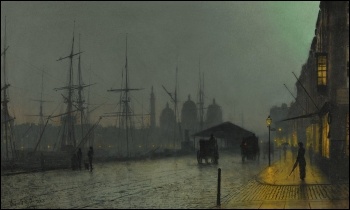
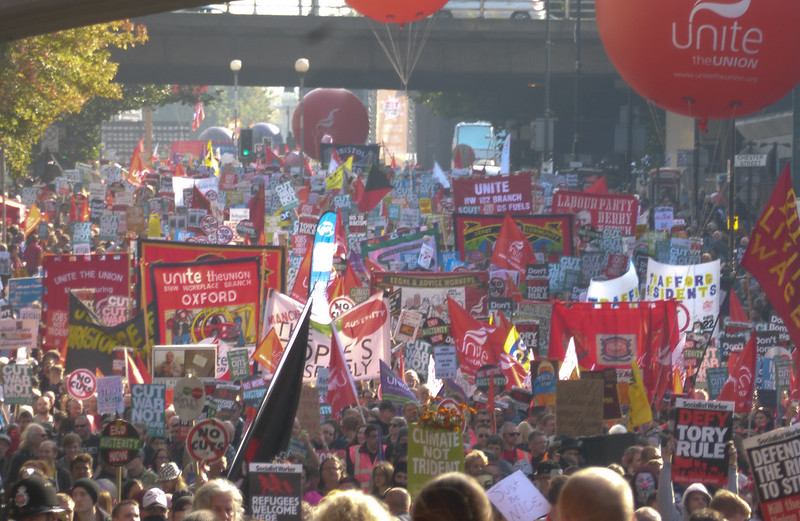

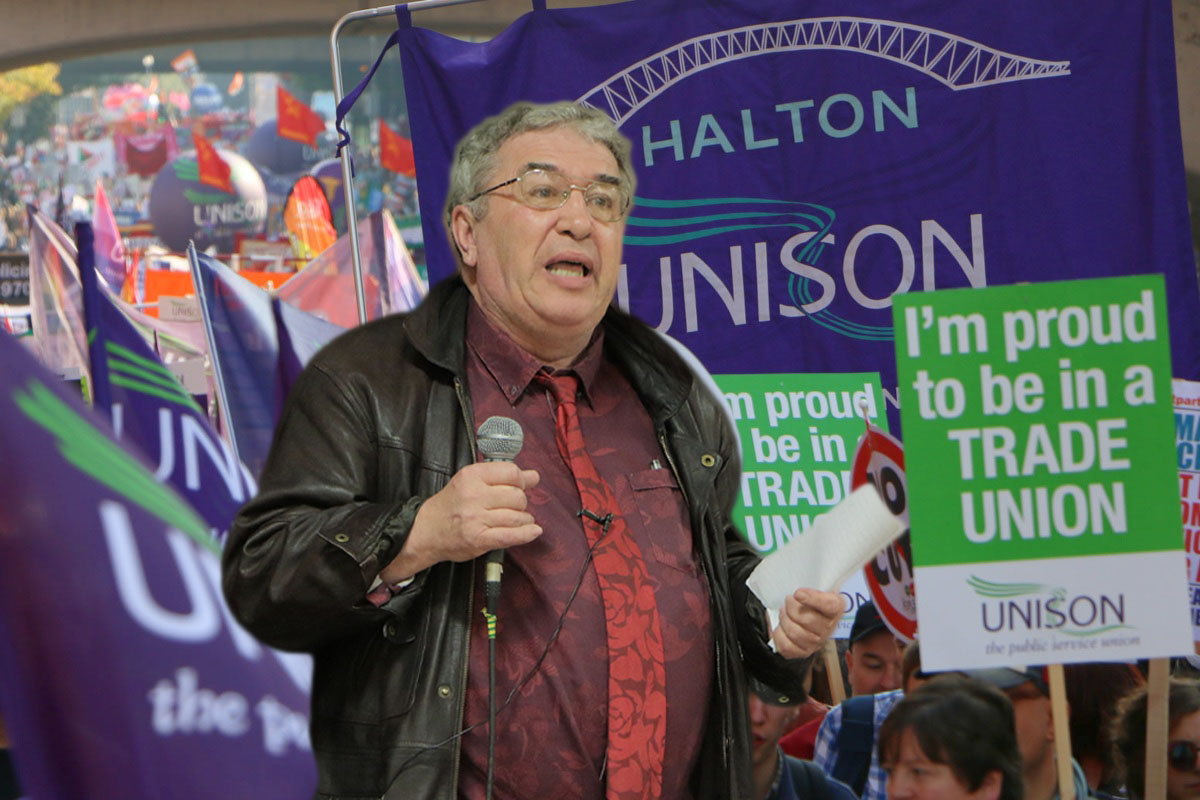
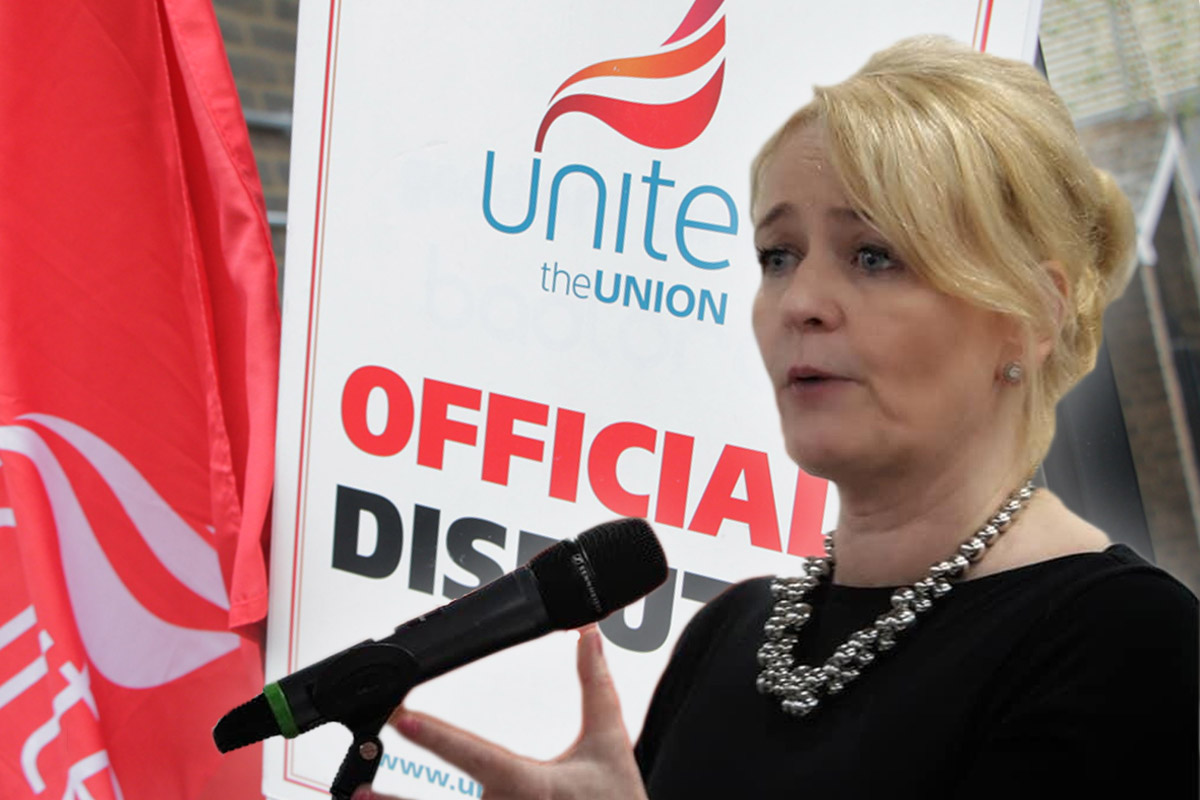
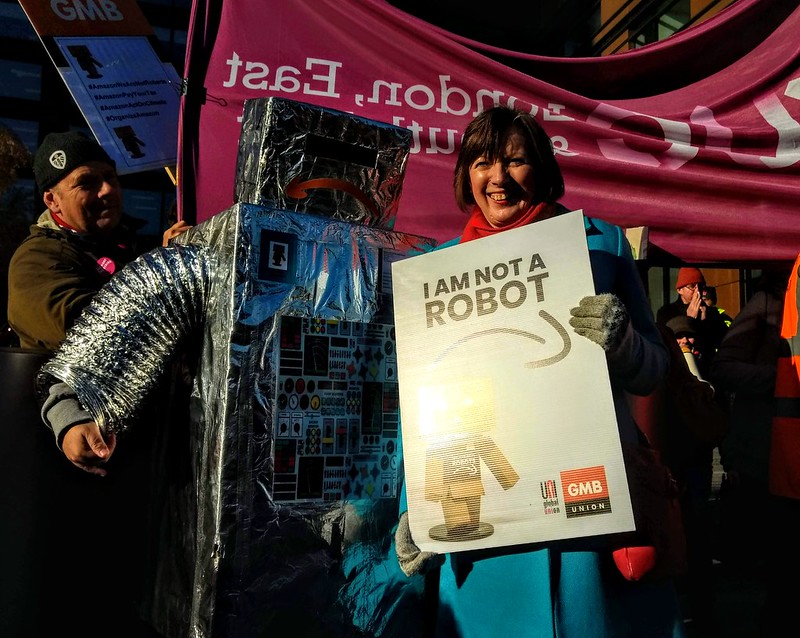
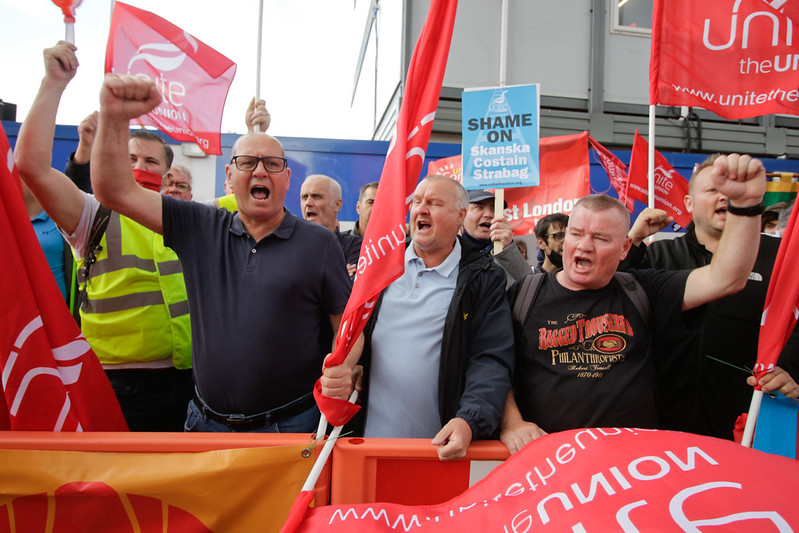
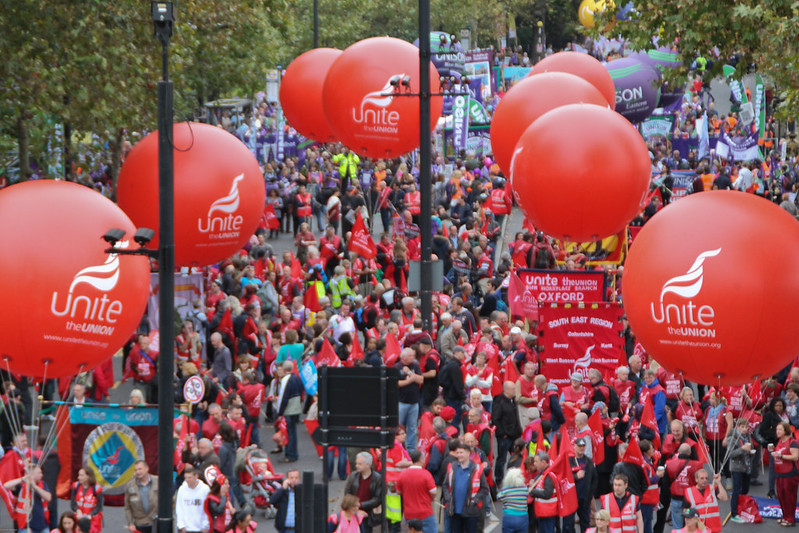



 Kiasi Sandrine Mputu said she loves working remotely and can’t see herself ever returning to a pre-pandemic, full-time office routine [Courtesy Urooba Jamal/Al Jazeera]
Kiasi Sandrine Mputu said she loves working remotely and can’t see herself ever returning to a pre-pandemic, full-time office routine [Courtesy Urooba Jamal/Al Jazeera]